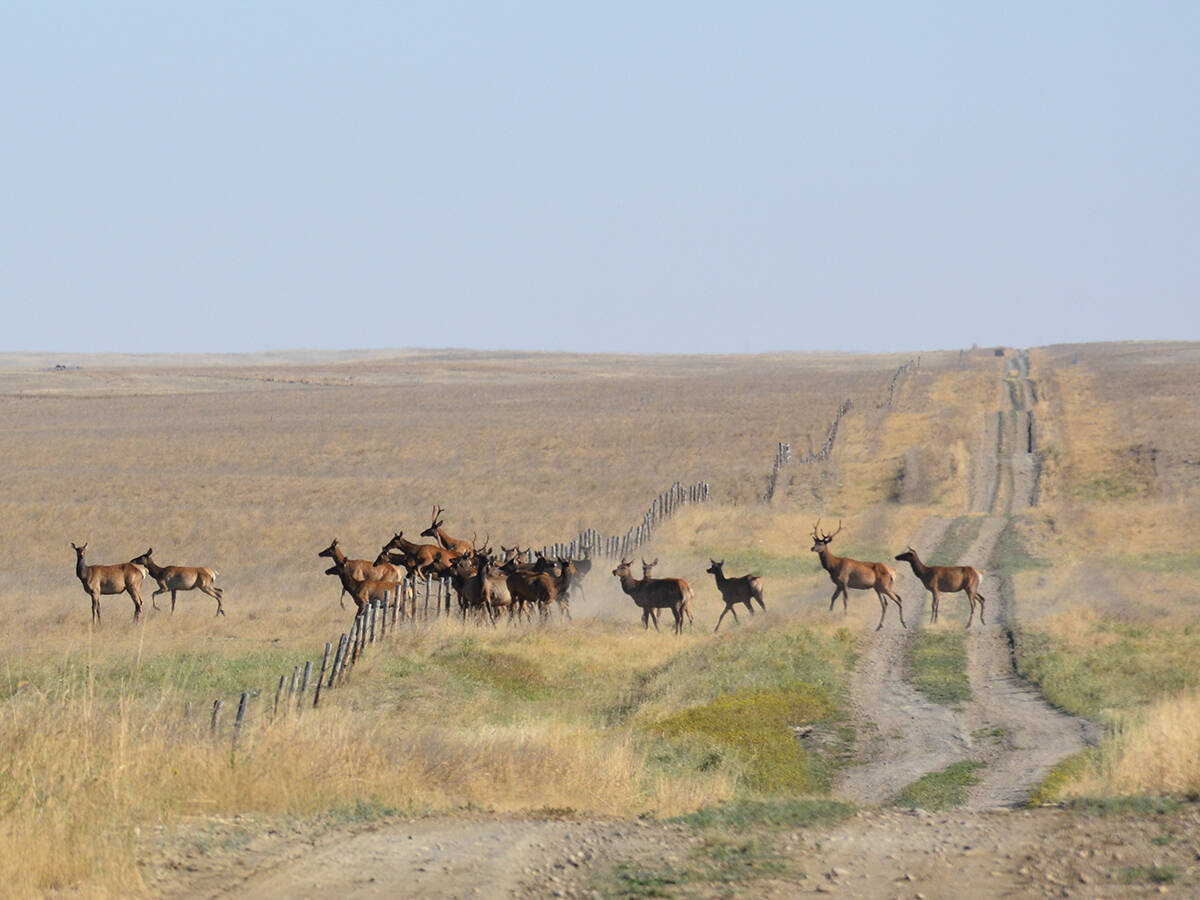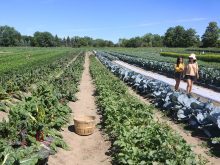Spring wheat yields, it turns out, have increased at the same rate as canola yields.
Last month at CropSphere in Saskatoon, Agriculture Canada staff made a presentation on proposed changes to the Plant Breeders’ Rights Act. Under the changes, farmers would have to pay a royalty on farm-saved seed. The seed industry has argued the royalties will boost investment in wheat and cereal crop breeding in Canada.
To make the case, Agriculture Canada staff shared data showing how North American wheat yields stagnated in the 1990s and 2000s.
Read Also

Planned elk hunt in Saskatchewan draws concern
The announcement of an antlerless elk hunt for one week in November has raised concerns among both Saskatchewan hunters and conservationists.
“Annual North American rate of yield growth for wheat went from 2.23 percent between 1961-90 to 0.01 percent between 1990-2007.”
Therefore, the presentation explained, “additional investment” is needed to address declining wheat productivity.
The 0.01 percent growth rate surprised a few people in the audience at CropSphere because Agriculture Canada research shows the gain in wheat yields has been comparable to canola over the last 40 years.
Robert Graf, an Agriculture Canada wheat breeder in Lethbridge, compared canola and wheat yields in 2013. He studied Statistics Canada data from 1981 to 2013 and concluded that wheat yield gains were similar to canola gains.
“Spring wheat yields have not stagnated in Western Canada,” Graf wrote.
- From 1981-82 until 2012-13, spring wheat yields increased 1.2 percent annually on the Prairies.
- From 1981-82 to 2012-13, canola yields increased 1.4 percent annually.
In an email to The Western Producer, an Agriculture Canada representative mentioned Graf’s research.
“(Graf’s) analysis showed that in the periods from 1981-82 to 1999-2000, wheat yields increased faster than canola yields. However, for the period of 2000-01 to 2012-2013, the rate of canola yield increase accelerated, such that the overall rates of yield increase are now similar for both crops.”
In the email, the department official also explained the source for the 0.01 percent figure — it is the annual increase in North American wheat yields from 1990-2007.
“The information in Agriculture and Agri-Food Canada’s presentation at CropSphere in Saskatchewan on Jan. 16, 2019, comes from a 2010 analysis by Alston, Beddow and Pardey of global crop yields.”
Julian Alston is an agricultural economics professor at the University of California, Davis. His analysis of North American wheat yields is from chapter 15 of a 2010 book: The Shifting Patterns of Agricultural Production and Productivity Worldwide.
However, Agriculture Canada did not answer two key questions: why did the presenters use Alston’s analysis of wheat yield gains in its Saskatoon presentation, and why didn’t it use Agriculture Canada data on spring wheat yields versus canola yields on the Prairies?
The notion that spring wheat yields were stagnant from 1990-2007 doesn’t ring true for many producers in Western Canada.
Most believe spring wheat yields have increased at a rapid pace over the last two to three decades.
“In the past 20 years, which is my farming career, my canola yields have gone from 31 to a 51 bushel average — a 64 percent increase,” Mitch Janssens, who farms near Boissevain, Man., said last November in Winnipeg.
“My wheat yields have gone from a 40 bu. average to about a 78 bu. average this year, which is a 95 percent increase.”

















